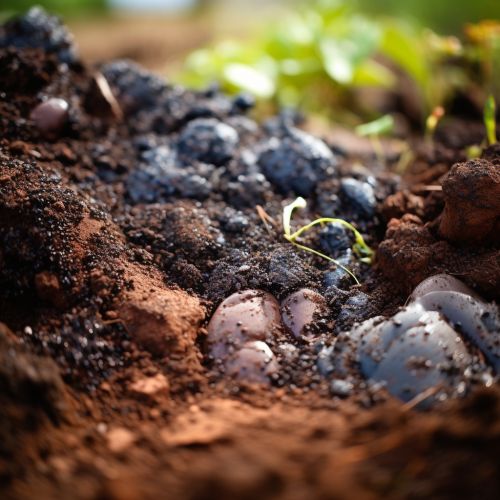Advances in Bioremediation of Contaminated Environments
Introduction
Bioremediation is a process that uses naturally occurring organisms to break down hazardous substances into less toxic or non-toxic substances. This process is used to clean up contaminated environments, including soil, groundwater, and surface water. The process is considered a sustainable and cost-effective method of remediation, as it utilizes the inherent capabilities of microbes and plants to degrade or immobilize contaminants.


History and Development
The concept of bioremediation has been around for several decades, but it wasn't until the late 20th century that the science and technology behind it began to evolve significantly. Early applications of bioremediation were often limited to the treatment of organic contaminants, such as petroleum hydrocarbons. However, advances in microbial ecology, molecular biology, and engineering have expanded the range of contaminants that can be treated using bioremediation, including metals, radionuclides, and emerging contaminants like pharmaceuticals and personal care products.
Mechanisms of Bioremediation
Bioremediation works through a variety of mechanisms, depending on the type of contaminant and the specific organisms involved. The primary mechanisms include biodegradation, bioaccumulation, biosorption, and phytoremediation.
Biodegradation
Biodegradation is the process by which microorganisms, such as bacteria and fungi, break down contaminants into less harmful substances. This process can occur aerobically, with the presence of oxygen, or anaerobically, in the absence of oxygen. The specific pathways of biodegradation depend on the nature of the contaminant and the metabolic capabilities of the microorganisms.
Bioaccumulation
Bioaccumulation is the process by which organisms accumulate contaminants in their tissues. This process is often used to remove metals from contaminated environments. Certain microorganisms and plants have the ability to accumulate high concentrations of metals in their tissues, effectively removing the metals from the environment.
Biosorption
Biosorption is the process by which organisms bind contaminants to their cell surfaces. This process is often used to remove metals and radionuclides from contaminated environments. The contaminants are not metabolized or accumulated in the organism's tissues, but are instead bound to the cell surface through a variety of mechanisms, including ion exchange, complexation, and precipitation.
Phytoremediation
Phytoremediation is the process by which plants remove contaminants from the environment. This can occur through a variety of mechanisms, including uptake and accumulation in plant tissues, degradation within the plant, and release of volatile contaminants into the atmosphere.


Advances in Bioremediation
Recent advances in bioremediation have expanded its potential applications and improved its effectiveness. These advances include the development of genetically engineered organisms, the use of bioaugmentation and biostimulation, and the integration of bioremediation with other remediation technologies.
Genetically Engineered Organisms
Genetically engineered organisms have been developed to enhance the bioremediation of specific contaminants. These organisms have been modified to express genes that encode for enzymes capable of degrading or immobilizing the contaminants. This approach has been used to enhance the bioremediation of a variety of contaminants, including petroleum hydrocarbons, polychlorinated biphenyls (PCBs), and heavy metals.
Bioaugmentation and Biostimulation
Bioaugmentation involves the addition of specific microorganisms to a contaminated environment to enhance bioremediation. These microorganisms are often selected for their ability to degrade or immobilize the contaminants of concern. Biostimulation involves the addition of nutrients or other substances to stimulate the growth and activity of indigenous microorganisms. Both of these approaches have been used to enhance the bioremediation of a variety of contaminants, including petroleum hydrocarbons, chlorinated solvents, and heavy metals.
Integration with Other Remediation Technologies
Bioremediation is often integrated with other remediation technologies to enhance its effectiveness. For example, physical and chemical remediation technologies can be used to mobilize contaminants and make them more accessible to microorganisms. Similarly, thermal remediation technologies can be used to increase the rate of biodegradation. This integrated approach has been used to enhance the bioremediation of a variety of contaminants, including petroleum hydrocarbons, chlorinated solvents, and heavy metals.
Future Directions
The future of bioremediation is likely to be shaped by advances in microbial ecology, molecular biology, and engineering. These advances will enable the development of more effective and targeted bioremediation strategies. For example, advances in metagenomics and metatranscriptomics will enable the characterization of microbial communities and their functional potential, providing insights into the mechanisms of bioremediation and the factors that influence its effectiveness. Similarly, advances in synthetic biology and genetic engineering will enable the development of genetically engineered organisms with enhanced bioremediation capabilities. Finally, advances in engineering will enable the design of more effective bioremediation systems and the integration of bioremediation with other remediation technologies.
